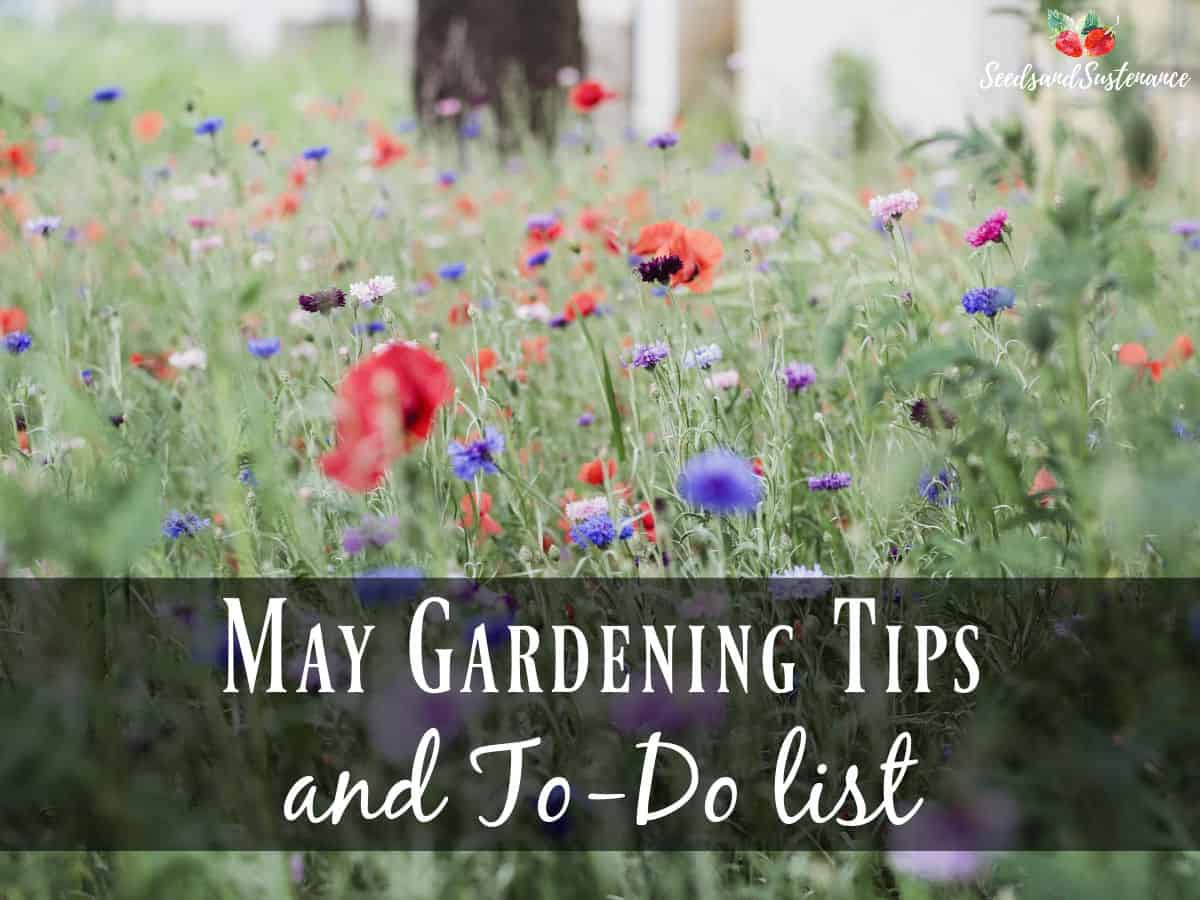
The month of May is high-time for planting tons of warm-season varieties, but where do you even begin with the seemingly endless list of to-dos for this time of year? Here are my top May gardening tips to check off your list this month so you can stay on top of things this season.
May Gardening Tips and To-Do List for Zone 10
Below, I have attempted to list as many things I could that will need attention before the onset of summer. I’ll update the list as things come to mind, so check back yearly to see what’s new!
May Annuals
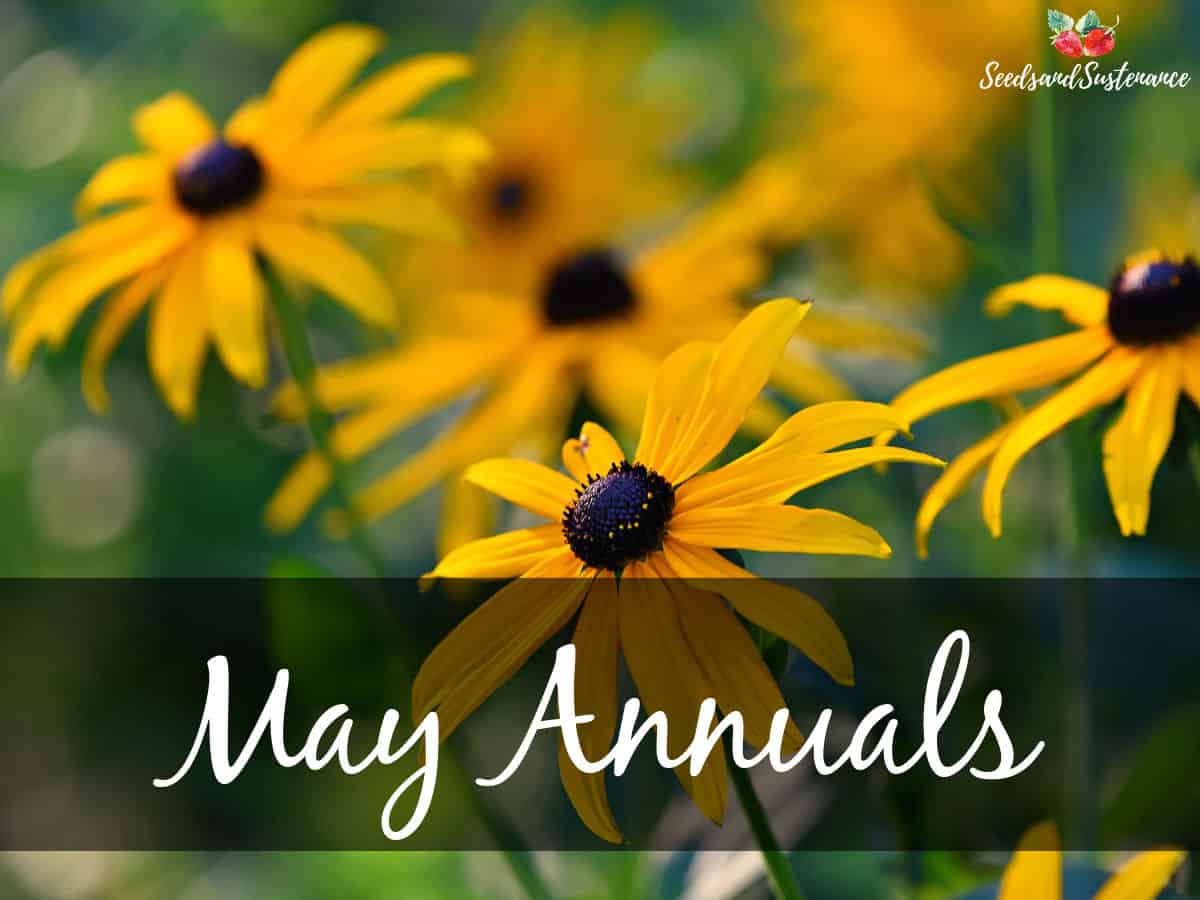
Quick review: Annuals are plants that live and grow for one season, go to seed, and then die off. The original plant does not come back the following year, but you can keep seeds and sow them for next year.
In Southern California, we have the advantage of warmer weather that lasts longer than most places in the Northern Hemisphere, which means that we get to enjoy a plethora of annuals – and what an abundance!
May is the perfect time to get those warm-season annuals out in the garden as night-time temps are warm and steady, and the days are long and full of sunshine.
This encourages a veritable explosion of color that will attract every pollinator from miles around.
May Annuals To-Do List:
• If there are annual varieties you’re interested in, get them planted this month before the weather gets too hot. This will ensure that their roots can get well established before the unbearable heat of summer.
• Keep fertilizing annuals often to keep them healthy and vigorous all season long.
• Direct sow your summer varieties (like morning glory and moonflower) this month.
• Make sure to get any last-minute irrigation set up in the garden in order to further support any new annuals you plant this month to keep roots cool and healthy.
• If you live in a particularly hot area, look for more heat-tolerant annual varieties like cleome, dahlias, gomphrena, lisianthus, and portulaca. Keep deadheading to encourage abundant growth and flowering all season long.
• Some nice annual flowers to look out for include ageratum, coleus, cosmos, lobelia, impatiens, marigolds, and petunias. Keep deadheading to encourage abundant growth and flowering all season long.
• If budworms are bothering some of your annuals, spray BT if necessary to take care of them.
• Whiteflies may also pose an issue for certain annuals. You can use a castile soap and water solution or neem oil to help kill and deter them.
• Some of your California wildflowers will start showing signs of stress around this time as they finish blooming. If you want them to reseed for next year, leave them in place until the seeds have fallen. A favorite of mine is the California poppy, and they come back every year from seed.
May Perennials

Quick review: Perennials are plants that come back and regrow every spring.
May is a great month for planting more perennials since the plants still have a chance to establish healthy roots before the weather gets too hot.
Perennial To-Do List
• This is the perfect time to fill in any of the gaps you have in your garden with beautiful flowering perennials like lavender, daylilies, bee balm, echinacea, red hot poker, lobelia, sage, ornamental grasses, yarrow, honeysuckle, and more. The bees will love you for it, and so will your garden.
• If you have especially hot summers, consider planting varieties like begonia, heliotrope, impatiens, Lamium, plectranthus, and starflower.
• Be sure to mulch well and fertilize to retain moisture and increase flowering.
Deadheading spent blooms will keep new flowers coming and keep the garden tidy.
May Gardening Tips for Bulbs, Rhizomes, Tubers

Spring bulbs will be fading fast this month as we enter the summer months ahead.
Make room for summer varieties like alliums, Bletilla, calla lily, gladiolas, hippeastrum, and many others.
Now is a good time to check your local big box store to see which spring bulbs have gone on clearance. I’ve been able to fill my yard with lovely flowering bulbs this way on the cheap!
Bulbs, Rhizomes, and Tubers To-Do List:
• As the spring bulbs die back, make sure to leave the dying foliage alone until it turns brown. I know it’s unsightly, but it’s the only way to keep getting blooms every year as energy from the dying foliage returns to the bulbs.
• Keep watering bulbs until the foliage turns completely brown and can be cut back.
• Use a light application of rose fertilizer on your bearded irises this time of year and trim off any spent flowers. Now is still a good time to add more irises to your garden before hot weather sets in.
• For dahlias, fertilize regularly with bone meal and a good organic fertilizer to keep the blooms coming. Additionally, you can pinch the tops to encourage a bushier growth habit with more flowers. Stake any really tall varieties to keep them from toppling over.
• For cannas, keep them well watered. Keep an eye on how many clusters of blooms you get and trim the stalk once it’s spent at the soil level to encourage more blooming stalks to grow.
May Fruiting Plants
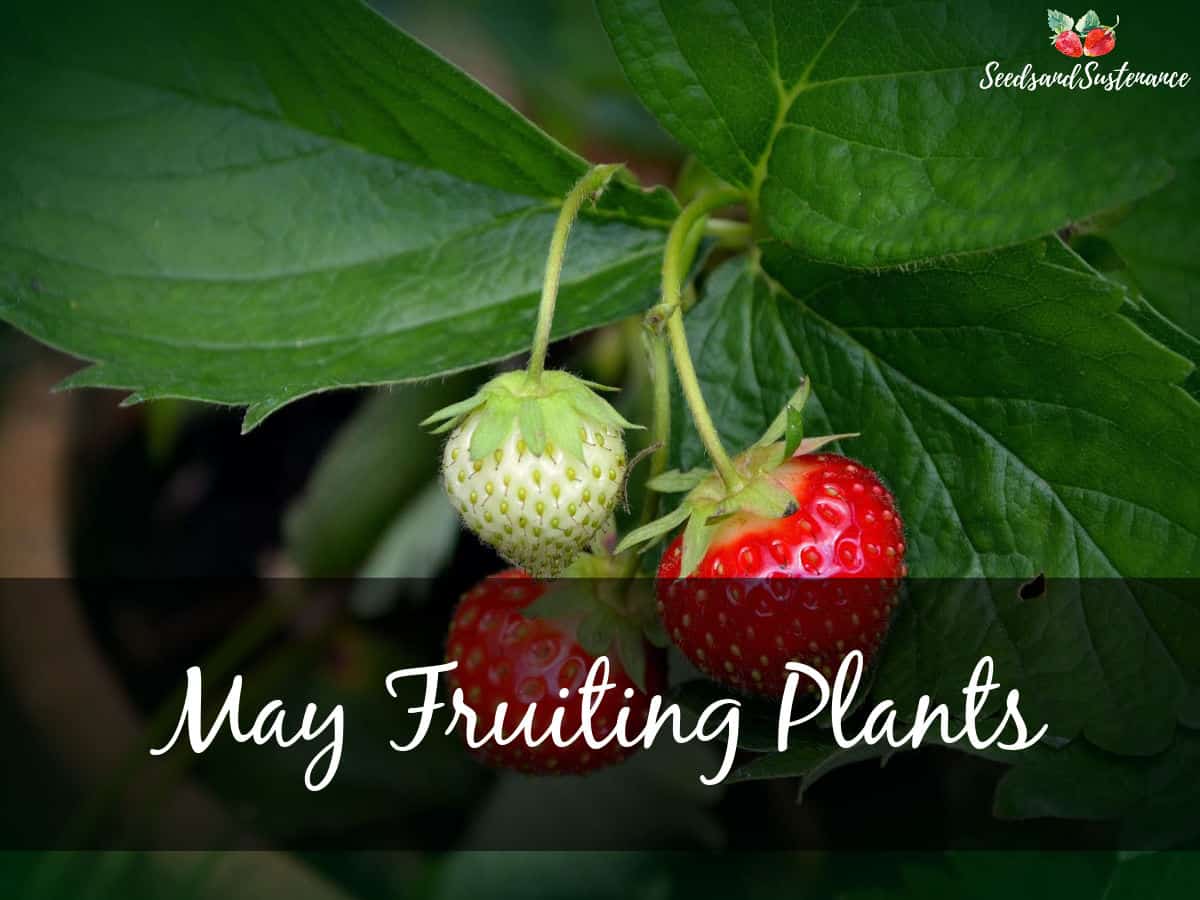
Right now, your grapes, strawberries, and passionfruit vines will be bursting with flowers and vigorous growth. It’s the perfect time to feed them all with a good fertilizer to encourage heavy yields in the upcoming months.
Fruiting Plants To-Do List:
• Feed your strawberry plants with some worm casting, azomite clay for minerals, and an acidic fertilizer to help boost and nourish your plants for setting high-quality fruit.
• Bait and trap any pests like snails, slugs, and pill bugs. These little guys will eat holes in ripening fruit, especially if the fruit touches the soil.
• Use mulch-like pine needles and straw to help deter pests and keep your strawberries off of the soil.
• Adding a halved orange in your strawberry bed can help attract pests to the decomposing oranges instead of your strawberries.
• For grapes, continue to train the vines. Add your second round of worm castings, azomite clay, and fertilizer, and water it in. Repeat in another 2 months. Be sure to water deeply once a week starting now and continuing through the hot summer months.
• Keep training your other berry plants like blackberries, raspberries, etc. to keep them under control. Fertilize every eight weeks through the growing season and water deeply once a week during hot weather. Protect the leaves from sunburn by spraying Surround Clay on the foliage. This will also deter birds and pests. Use bird netting if necessary to protect your crop of berries.
• Cover blueberries under shade cloth as temperatures rise or spray with Surround Clay to keep them protected from sunburn.
May Gardening Tips for Fruiting Trees
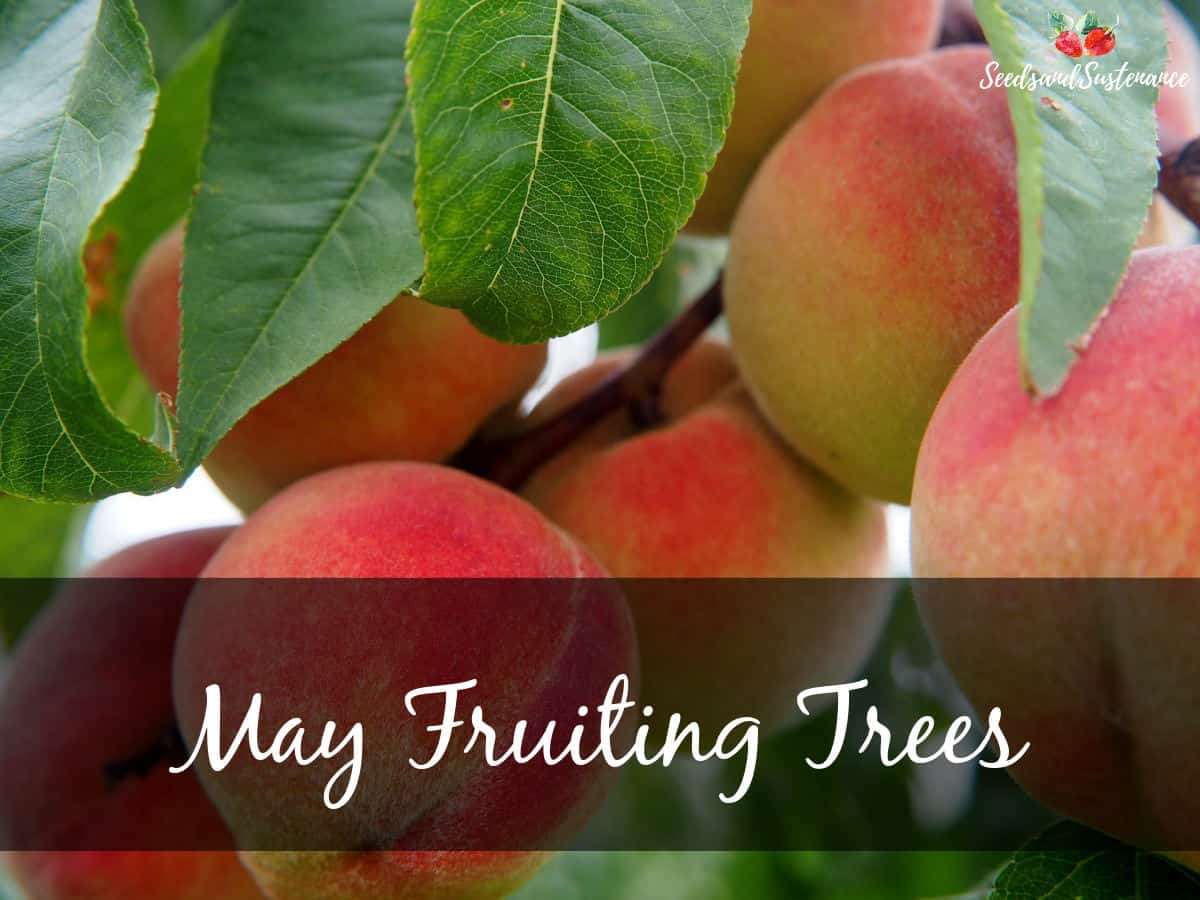
Deciduous fruit trees like pomegranate, apple, quince, pear, apricot, peach, nectarine, plum, fig, and persimmon will be setting fruit this time of year. Don’t be alarmed if some of the set fruit drops, especially on younger trees. This is normal since the tree is letting go of the fruit it cannot sustain through the growing season.
Citrus trees will be growing in abundance right now and may have flowers or even set fruit.
Fruit Tree To-Do List
• Thin any remaining fruit after the trees are done “dropping” what they can’t handle. This will ensure a fully developed and full-flavored crop to enjoy later. It can be hard to do this but trust me, it’s totally worth it when you get large, juicy, delicious fruit.
• To help protect your fruit from birds, tie several one-foot pieces of reflective ribbon on the branches to scare them off. Additionally, try rubber snakes around the trees and move them every few days to scare and confuse birds.
• Be sure to check irrigation and adjust it accordingly. You want your trees to get deep-watered once a week (preferably at night during really hot weather) in order to keep the fruit from splitting.
• Add a thick layer of mulch to retain moisture.
• For citrus, pick any remaining fruit from last season to ensure that this year’s crop gets all the energy it needs to produce a good yield and good sugar content. Fertilize every month through July to up nutrients and be sure to check foliage for any iron deficiencies. If the leaves are yellow between the veins, apply a foliar iron supplement every two weeks for a month and check new growth for improvement (do this in the evening to prevent sunburn).
• For avocados, now is a good time to plant new trees you want to add to your garden. Be sure to note which type you get (type A or type B) and get the opposite as a companion. This will drastically increase yields. I personally have a Hass (type A) and a Fuerte (Type B). Apply a thick layer of mulch to retain soil moisture and check irrigation before the weather gets hot. Avocados need to have cooler roots in order to thrive. Use Surround Clay spray to protect tender foliage from sunburn or use shade cloth on especially hot days, and especially on younger trees.
May Shrubs & Vines

Many vining plants and hedges are just bursting with growth right now! Keep them tidy with regular shaping and take stock of which varieties have finished blooming and which ones haven’t started yet.
Shrub and Vine To-Do List
• If you have varieties that have finished flowering for the season, it’s time to prune them. This includes vines like jasmine, lilac, and wisteria.
• If your shrubs and vines have not bloomed yet, hold off on pruning until they finish.
• Now is a good time to fertilize azaleas with a good organic acidic fertilizer. Fertilize again in 6 months. Be sure to cover the delicate roots with a thick layer of mulch this time of year. Prune if necessary after blooming.
• For camellias, prune after blooming if needed and apply a light layer of good acidic fertilizer to the soil. Repeat in 2 months. Be sure to add a thick layer of mulch to help retain moisture through the hot summer months.
• For gardenias, check for nutritional deficiencies by observing the leaves. If they have yellowing between the veins of the leaves, apply a foliar iron supplement and repeat in 2 weeks. Additionally, apply a nice bit of acidic fertilizer to the soil.
• Hydrangeas should be blooming well right now. Apply fertilizer and refrain from pruning right now.
• As for roses, many varieties will be blooming right now in full force. Be sure to feed them well and often since roses are heavy feeders – a well-balanced rose formula will suffice. Continue to deadhead regularly to encourage fresh and vigorous blooms. Hose off any aphids if they seem out of control. Remove any diseased foliage to reduce powdery mildew. Neem oil works well for most pests, including rose slug.
• For wisteria, continue to train the vines on younger plants. Water deeply once a week to encourage healthy, strong roots. Deadhead any remaining spent flowers to keep the vines tidy and pod free. If you want to plant new wisteria, now is the time to do so.
• Subtropical fruit trees like atemoya, banana, guava, loquat, lychee, macadamia, mango, sapodilla, and sapote are loving the rising temps. Fertilize with a good dose of worm castings, azomite clay, and organic fertilizer to encourage abundant yields. Water frequently, but make sure these trees have good drainage. Keep young trees partly shaded by using shade cloth until they are established.
May Tropical and Subtropical Plants

Plants like turmeric, ginger, plumeria, heliconia, and Ixora are growing well right now. This is the perfect time to start ginger and turmeric, especially since they need a long hot season to produce a good yield of rhizomes.
Tropical and Subtropical Plants To-Do List:
• Be sure to fertilize regularly with worm castings, azomite clay for trace minerals, and a good organic fertilizer to prevent nutritional deficiencies.
• Water frequently, but make sure the soil drains well. Tropical plants hate wet feet and will deteriorate quickly in slow-draining soil.
May Gardening Tips for Vegetables
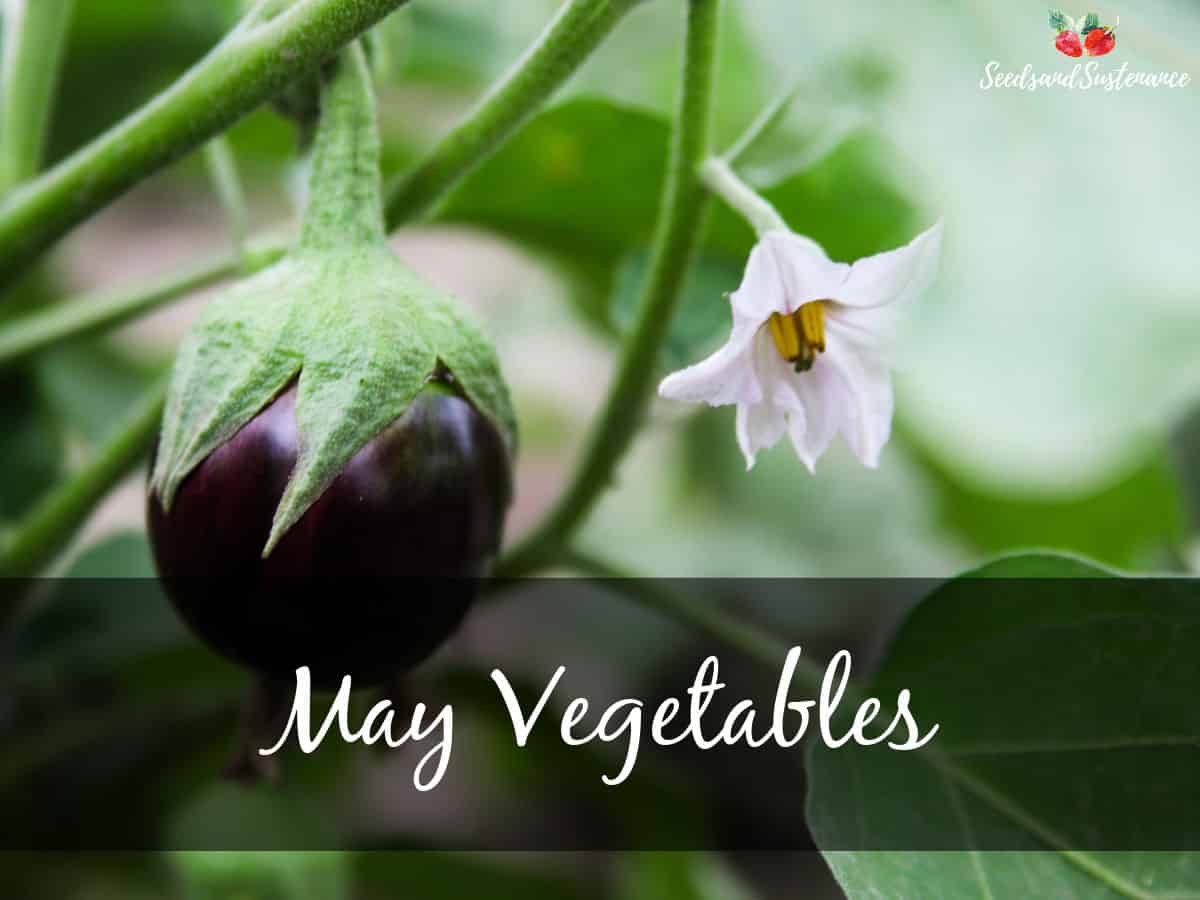
This is one of my favorite times of year in zone 10 because it means that many of my favorite crops can be planted with abandon (check out what I'm growing this season for ideas). Be sure to transplant or direct sow beans, cucumbers, eggplants, lima beans, okra, peppers, squash, tomatoes, and even a few cool-weather crops like celery, bok choi, and peas in cooler shadier areas to squeeze out one last harvest.
Vegetable To-Do List:
• If you live near the coast, you can get in an extra harvest or two of cool-weather crops before summer temps get too high. These include lettuces, peas, arugula, and some quick-producing cruciferous veggies. Plant your heat-loving crops like melons, corn, pumpkins, and peppers near a south-facing wall to ensure they get enough warmth to flourish.
• For everyone else, get your corn, melons, peppers, jicama, eggplant, and large pumpkin varieties planted.
• Plan out your succession crops now to ensure a steady harvest for months to come. A few that come to mind include corn, cucumbers, beans, melons, and greens.
• Get your tomatoes staked properly before they get too large to contain. Now is a good time to practice pruning if you’re using a vertical planting method.
• Regularly check your plants for early pests and diseases and treat them accordingly.
• Make sure to plant enough corn (at least 12 stalks) to ensure good pollination. More is even better! Also, make sure to keep different varieties of corn far away from each other as cross-pollination has an immediate and often negative effect on ear development.
• Keep succession planting heat-tolerant varieties of beets, carrots, chard, and radishes. Get creative with planting them in cooler areas of the garden (like under or between tomatoes) to extend the harvest.
• Keep weeding weekly!
• Fertilize rooting crops with bone meal and leafy crops with blood meal to encourage good development. For fruiting crops like tomatoes, cucumbers, peppers, and eggplants, use a good all-purpose organic fertilizer once a month through the season.
• Keep mounding your potatoes.
• Harvest your greens often to delay bolting.
• Keep an eye on slow growth; this may simply be a lack-of-water issue! Check the soil and adjust accordingly.
• Additionally, look for signs of deficiency and even overwatering and adjust accordingly.
For more ideas, check out what to plant in May.
May Herbs

Herbs are essential in every garden, especially if you love cooking! Be sure to tuck them in around your plants (except for invasive varieties like oregano and mint – keep these in containers) in order to deter pests and attract pollinators.
Herbs To-Do List:
• Many herbs thrive in the summer months, including lemongrass, oregano, sage, thyme, rosemary, marjoram, and tarragon.
• Don’t forget to include medicinal herbs in your garden like lemon balm, tansy, St. John’s Wort, Comfrey, catnip, chamomile, feverfew, lavender, echinacea, lemon verbena, and others to round out your diversity. The bees will love it!
• Now is also a good time to heavily trim older herb plants that have become straggly or woody. These include thyme, chamomile, chives, garlic chives, mint, lemon balm, oregano, marjoram, and lemongrass. You can trim them all the way down to the soil, add fertilizer, and water well. They will spring back in no time!
• As for herbs like lemon verbena, rosemary, sage, catnip, feverfew, and tansy, trim back higher up.
• Only trim lavender sparingly. They’re suuuper finicky and can actually die with too much trimming.
May General Gardening To-Do List

• Now is a good time to release more ladybugs and other beneficial predators into your garden before the weather gets too hot. I especially like using beneficial nematodes to help cut down on grub and cutworm populations.
• If you find that ladybugs are not staying in your garden, release them at night! This will give them a good opportunity to scope out your plants without the urge to fly away.
• For lots of aphids, simply use the strong setting on your garden hose to blast them off your plants. Be sure to check that you’re not rinsing away any beneficial insects that may be feeding on the aphids.
• Make sure to walk your garden and check that all your mulching is done before the summer months. This is going to save you money on your water bill and support your plants by keeping their roots cool.
• Now is also a great time to start utilizing a compost system in your garden before your harvests start coming in. I personally use bokashi and a Sub-Pod worm bin. They’re perfect for using up all of the kitchen and garden scraps and turning them into nutrient-rich tea and worm castings.
• Check all of your irrigation systems to make sure they are functioning properly and at optimum levels. I have really hard water and have to make sure my dripper lines aren’t clogged every season.
• Don’t forget to keep a garden journal of all the things you plant and how they are producing, what pests and disease issues you may have had, and where these varieties were planted. This will drastically improve your gardening season next year and for years to come!
• Keep sowing seeds for flowers all season long to tuck into every corner of your garden to attract pollinators and enhance beauty.


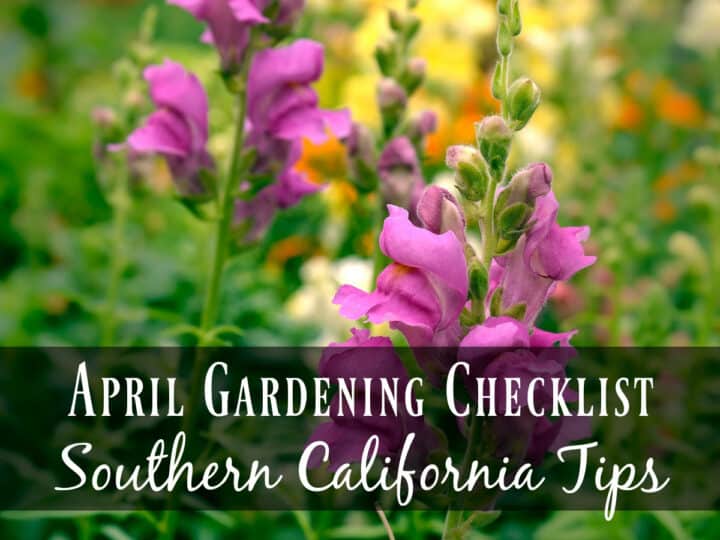
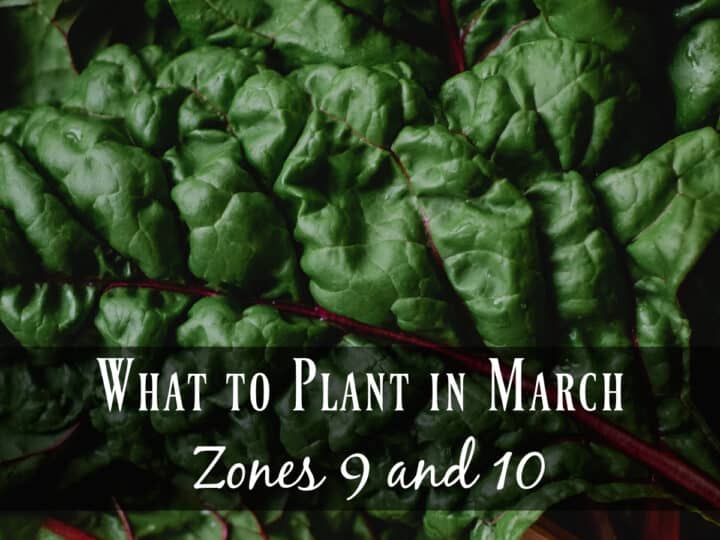
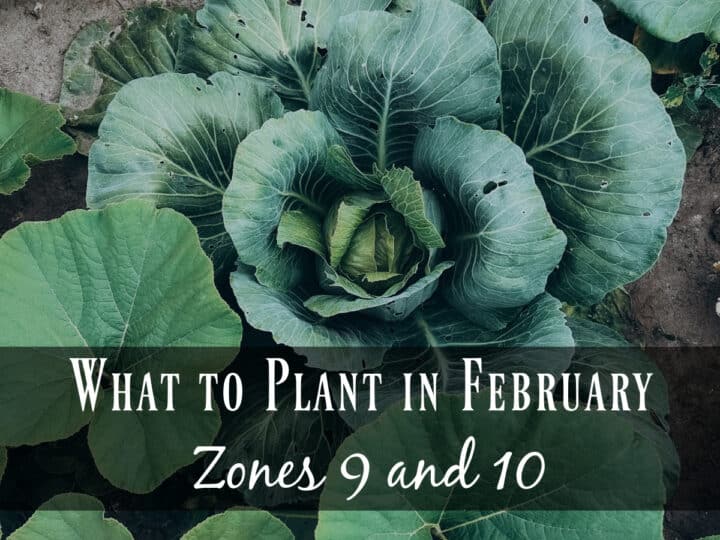

Leave a Reply